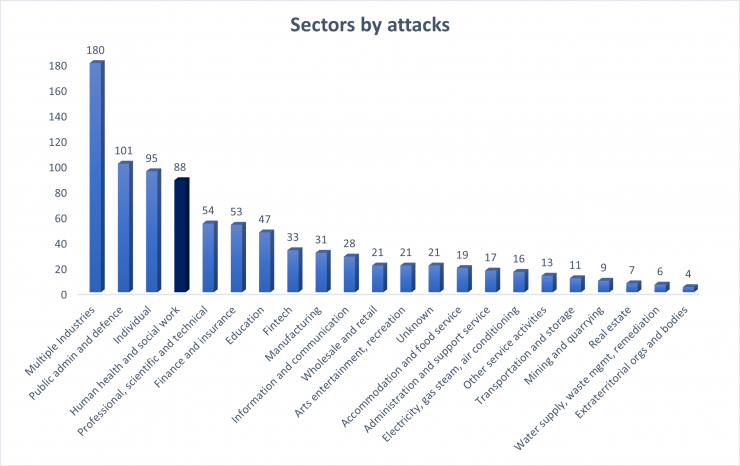The concept of Health 4.0 emerges as a specific derivation of Industry 4.0. But what is Industry 4.0? This concept arises in Germany in 2011, as a project to improve the industry but without a clear definition (see reference at the end of the article).
From this moment on, Industry 4.0 has been appearing with different interpretations, although there is a unified definition. Industry 4.0 is an umbrella that encompasses nine technologies that help in the transformation of industrial production and process automation.
These technologies are:
- Big Data and Data Analysis
- Simulation
- Internet of Things (IoT)
- Augmented Reality
- Cloud Computing
- Additive Manufacturing
- Autonomous robotics
- Cybersecurity
- Integration systems
These technologies also have their direct application in the healthcare sector, thus giving rise to Health 4.0.
Health 4.0 differs from Industry 4.0 in the type of interaction. While the main interaction in the industrial domain is between humans/machines and machines, the main interaction in the healthcare domain is between humans and humans.
The reason why the healthcare sector is being engulfed by all these technologies is its evolution towards an increasingly personalized and patient-centric healthcare system. Examples of the nine technologies can be seen today in Health 4.0.
Some of them are 3D printing of tissues and implants derived from additive manufacturing, the Da Vinci robot as an example of autonomous robotics or the Internet of Medical Things (IoMT) as a derivation of IoT. On the other hand, there are applications that are the result of the synergy of several of these technologies.

Now, let’s talk about cybersecurity, which is the technology we are interested in. In this case, in the healthcare sector. We have already talked about data breaches and their problematic in another article, derived from the fact that the data used are very sensitive and a large number of users need to access them. However, it is necessary to reiterate their importance.
The healthcare sector is one of the most attacked sectors and where an interruption of its service would be most critical. During the Q3 quarter (July, August and September) it was the fourth most attacked sector. During the month of October we saw a case where a cyber attack paralyzed three large hospitals in Barcelona by suffering a ransomware. On the other hand, medical devices, characteristic of this sector, are not always updated or well secured. Failures in the systems of these devices do not always have to affect a hospital environment, such as vulnerabilities discovered in infusion pumps, but also people who use health care devices, such as insulin pumps.

It is therefore clear that cybersecurity in the healthcare sector is essential, even more so when the continuous development of emerging technologies helps millions of devices to interconnect in both large and small networks and exchange information with each other. The unsecured exposure of these devices leads to an increase in cyber-attacks on technologies that could be vulnerable. IoT devices that acquire data and communicate with the cloud are often the target of cyberattacks. On the other hand, Denial of Service attacks, botnets or phishing attacks are often related to the use of Big Data.
Finally, the risk of suffering possible incidents must be mitigated, for which there are different actions in healthcare systems. Some of the most important ones are listed below.
- Cybersecurity training for technical and healthcare personnel.
- Use of standards, protocols and regulations to improve cybersecurity in the healthcare sector. Some of the most important regulations in the healthcare sector are ISO 13485, ISO 27799 and RGPD, among others.
- Development and implementation of internal regulations for the proper use and installation of new devices, among others.
- Visibility and penetration tests in healthcare facilities or medical devices, to detect access points or abuses in device technologies.
References
- [1] Kagermann, H., Wahlster, W., Helbig, J.: Securing the future of German manufacturing industry: recommendations for implementing the strategic initiative INDUSTRIE 4.0. Final Report of the Industrie 4.0 Working Group (April), pp. 1–84 (2013)
